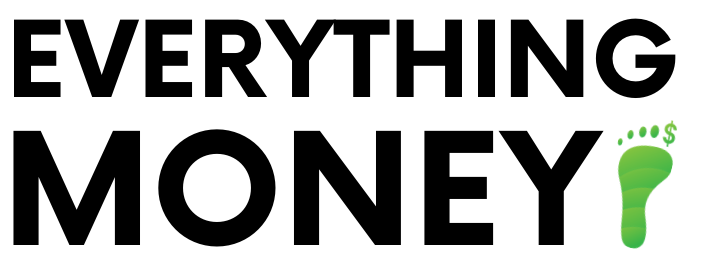15 Nov Why $1000 in Your Emergency Fund is Bad Advice
$1000. It’s a nice, casual number. Has a good ring to it. Also known as a grand, rubberband, G, K, or a stack. People have been saying for a LONG time that you need to have a $1000 in your emergency fund and for a long time people have NOT been paying attention. Well I’m here to try and change both of those things.
As it stands right now, according to a survey from Bankrate, less than 39% of Americans have $1000 saved. You didn’t read that wrong. To make it more fun, the reality is $1000 isn’t enough and 2 in 3 people don’t even have that! But since we’re stuck on $1000 for the moment, here’s a quick list of emergencies that can easily cost over $1000:
- Getting a root canal
- A pet who needs surgery
- A kid who needs surgery
- Almost any trip to the car mechanic that doesn’t involve a standard tune-up
- The annual tax bill
- Busted water pipe and damage associated with it in your house
And these are just a few that have happened to me! Mayhem has no creative limitations. The point is, we’ve got to stop saying a $1000 just because it easy to say. There needs to be purpose behind the number if we are going to commit to it. That’s why I say, we need to agree on $1500 as the new minimum limit and here’s why:
- Inflation makes everything more expensive over time ($1000 in 1998 is $1563 in 2018)
- It can take time to pay back an Emergency Fund, so the more in the EF account the better, in case another emergency happens before it’s replenished
- Prices of certain items increase faster than income does
- If we make it $1500, maybe more than 39% of people will get atleast a $1000 in there
The point is to get this right, not make it convenient or catchy. We live in the richest country in the world. I have done budgets with households making $30,000/year and $300,000/year. The reality is that you can ALWAYS cut something out and start putting that money to building a financial foundation. The reason people don’t is because they think it’s hard and/or don’t want to take an honest look at what they spend their money on every week because they know they probably won’t like what they see. Denial is just you lying to yourself that everything is fine as the ship is sinking and water is pouring in over the sides.
But now you’ve read this article and you are totally motivated to make a change now! So how do you start an Emergency Fund? Here’s a few steps to follow:
- Create a budget of your monthly expenses
- Cut out 5% of your budget. Now cut out another 5% if you can (10% is what I did and recommend)
- Open a new savings account (you can do this online now, no need to go to the bank)
- Set that extra 5-10% to auto-deposit each paycheck until you reach your $1500 goal
- Stop payments to EF once at the goal and start a new savings account for 3-6 months living expenses
This will ease your stress levels in every day life significantly and bring a peace of mind you’ve never had before. You will feel a sense of accomplishment and your confidence will build. It’s time to start living differently. Make the change right now.


